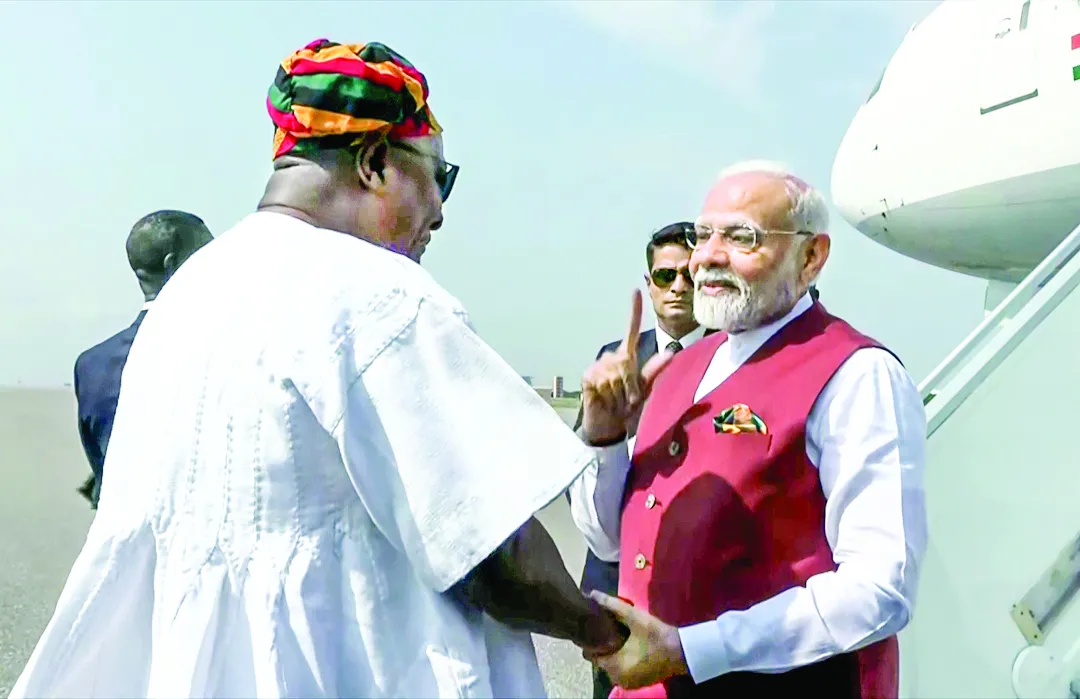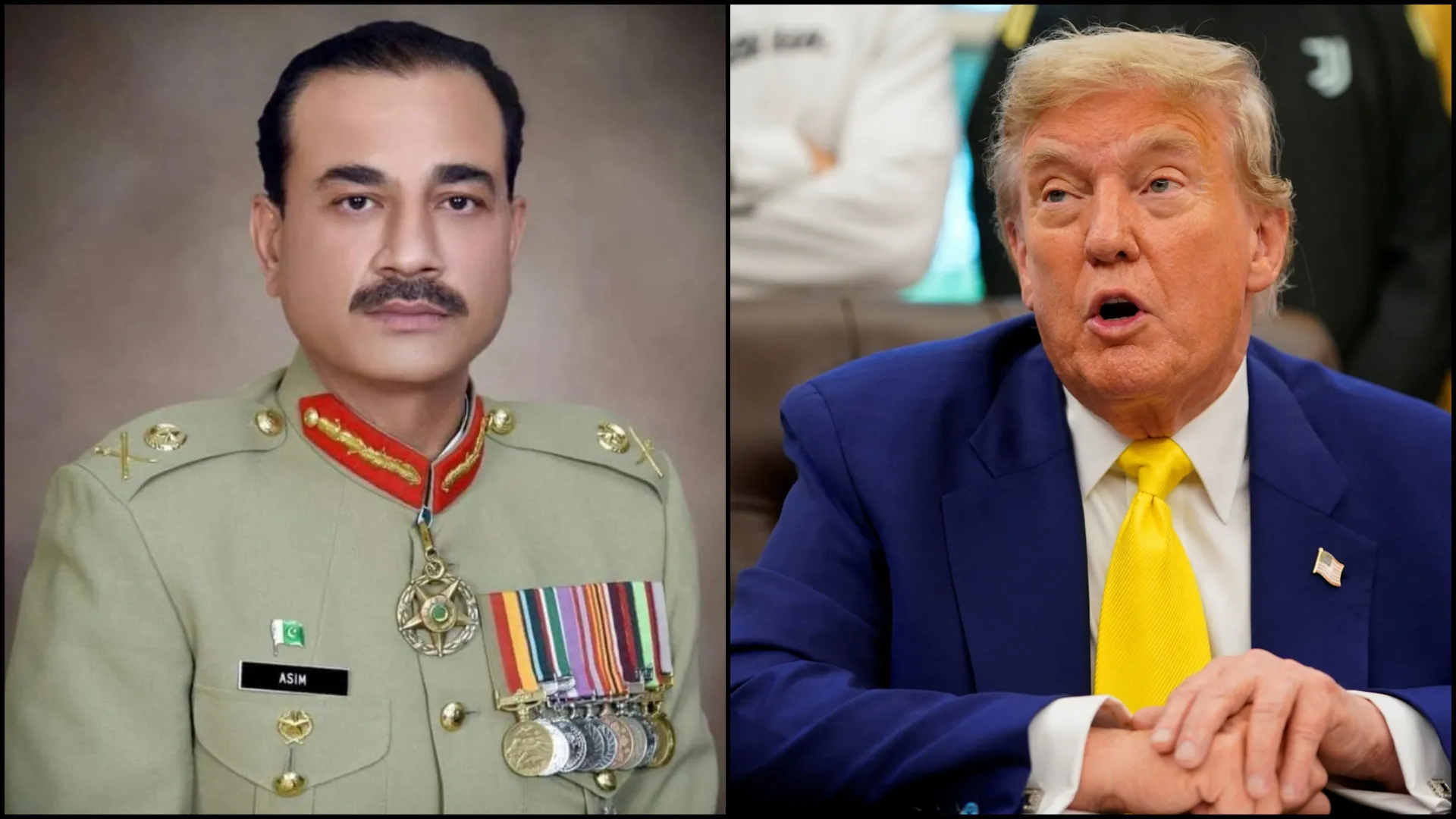The Stargate Project
Seeing China’s meteoric rise in AI and robotics, the United States has drawn its line in the sand with the Stargate Project, a gargantuan $500 billion initiative that could redefine the battle for global AI supremacy and the fate of Chip War. On January 21, 2025, the US establishment came up with a groundbreaking venture that aims to unite the big powerhouses of US tech—OpenAI, SoftBank, Oracle, and MGX—under a single banner to make the US an unbeatable force in AI capabilities. The project aims to invest $500 billion over the next four years, with an initial deployment of $100 billion, making it one of the largest AI infrastructure projects in history till date.
This Stargate project initiative is a direct response to China’s aggressive AI push, embodied by initiatives like Made in China 2025 and its national AI development plan. It is interesting to note that with 52% of global robot installations, China has firmly established itself as a leader in industrial robotics. Similarly, a Chinese startup came up recently with an open source LLM “Deepseek” challenging the hegemony of US companies in this field like Open AI. Contrarily, these achievements are being accrued by China even with creation of strong legislation by the US to limit the access of US technologies to Chinese companies. In this whole endeavour by the US and China to establish themselves at the topmost horizon of AI capabilities, it would be interesting to visualise our place as Indians.
Indian techies as soldiers in Chip War
India is also making significant strides in AI development with different initiatives such as The IndiaAI Mission, focusing on seven key pillars ranging from increasing compute capacity to startup financing for fostering a robust AI ecosystem for India. In this context, it is estimated that the AI market in India is projected to reach $17 billion by 2027, growing at 25-35% annually. One of the most important capabilities India has today in terms of technology is its skilled AI workforce. For example, most CEOs of Big Tech companies who are leading this AI race are Indian graduates from premier Indian institutions like IITs. Though this is considered as an achievement for the Indian diaspora, this is not going to help India in the current geopolitical order driven by the idea of possessing technological superiority. It seems to be very unfortunate today that India possesses a significant number of techies who are going to become soldiers in this war for AI supremacy. It is evident that there is a chip war going on in the world today and this chip war is primarily happening between China and the US where both the countries are fighting tooth and nail to go ahead of each other in developing advanced AI capabilities. But, India has to ask where it stands in this chip war between the US and China. What is its place actually? Today’s India’s place is similar to what it was when the world wars were going on. Just like our Indian soldiers were fighting for the Britishers in the world war, now it is the Indian techies who are fighting for the US in this AI and Chip war. This is certainly obvious by observing the number of Indian AI engineers migrating to the US every year.
For instance, in an interesting event last year Eric Schmidt, the former CEO of Google during a lecture at Harvard mentioned that in this battle of AI supremacy and Chip War, India can be a swing state. It is because India has a lot of skilled AI workforce which is very crucial for the US in this battle for AI supremacy. He also mentioned that the US must create mechanisms for acquiring most of the AI talent that India has while leaving few for the Indian AI ecosystem. Thus, India may be receiving a lot of remittances from these smart Indian immigrants from the US and Europe, but the strategic cost for India is immense and irreparable. Thus, what we need today is again a strong technological force which can revitalise the process of nation-building with advanced technologies. This has been achieved in the past by ISRO where even with limited capabilities we have been able to make a big mark in the International Space industry. Just like how India has created ISRO in the past to streamline the process of developing space technologies, today we need AIRO(artificial intelligence research organisation) to strengthen the AI development capabilities of India.
AIRO (ARTIFICIAL INTELLIGENCE RESEARCH ORGANISATION)
Though India is developing fast enough with its technological capabilities as has been seen in the development of payment ecosystems like UPI and Aadhar which is considered a primary case study for the successful implementation of technology for the masses, the process of technological development in India is still very haphazard and irregular. Most of the AI initiatives being taken by the different state governments and central governments are not streamlined and focus on very few high-stake domains like providing services for the consumption economy. Since, AI technology is a general-purpose technology with applications in different domains, today we need an AIRO just like ISRO. The aim of the AIRO would be to advance India’s AI capabilities and research for achieving the aim of Viksit Bharat by 2047. For this, the most essential step would be to retain the top talent moving from India to abroad. The brain drain phenomenon has long deprived the nation of its brightest minds and has created a widespread technological gap with China and other Western countries. To reverse this, India must offer competitive compensation packages that match global standards. But attractive salaries alone won’t suffice. Reforming India’s bureaucratic structure to allow AI experts to lead key initiatives and decision-making is essential for fostering innovation and driving impactful change. In addition to this, to augment the idea of creating and developing an AIRO, a strategic push toward specialized AI education at universities can build a strong foundation. Imagine creating an AI institution on the scale of ISRO, where the country’s best minds collaborate toward nation-building and solve one of the most critical problems India is facing today. This would unleash groundbreaking advancements across domains, from healthcare and smart cities to defense and climate change and will add an unthinkable amount of GDP and productivity to the Indian economy.
Conclusion
Just as space exploration yielded unexpected benefits in medicine, agriculture, and security for India with ISRO, AI has the potential to revolutionize different areas of growth and contribute to several high-stake domains more effectively. Thus, developing robust AI capabilities by creating an institution like AIRO could help fulfill the vision of a Viksit Bharat by 2047 and make India a front runner in the global race for AI supremacy. While we missed the manufacturing revolution that propelled China to superpower status, India can leverage its strong AI workforce to lead the AI revolution. By creating an institution like AIRO, India can accelerate its journey toward becoming a developed nation, and fast forward the process of becoming a superpower.
Sudhanshu Kumar is a tech analyst and a doctoral candidate at the Centre for Russian and Central Asian Studies at Jawaharlal Nehru University.
Rashi Randev is a geopolitical analyst and a doctoral candidate at the Centre for Canadian, US and Latin American Studies at Jawaharlal Nehru University.























